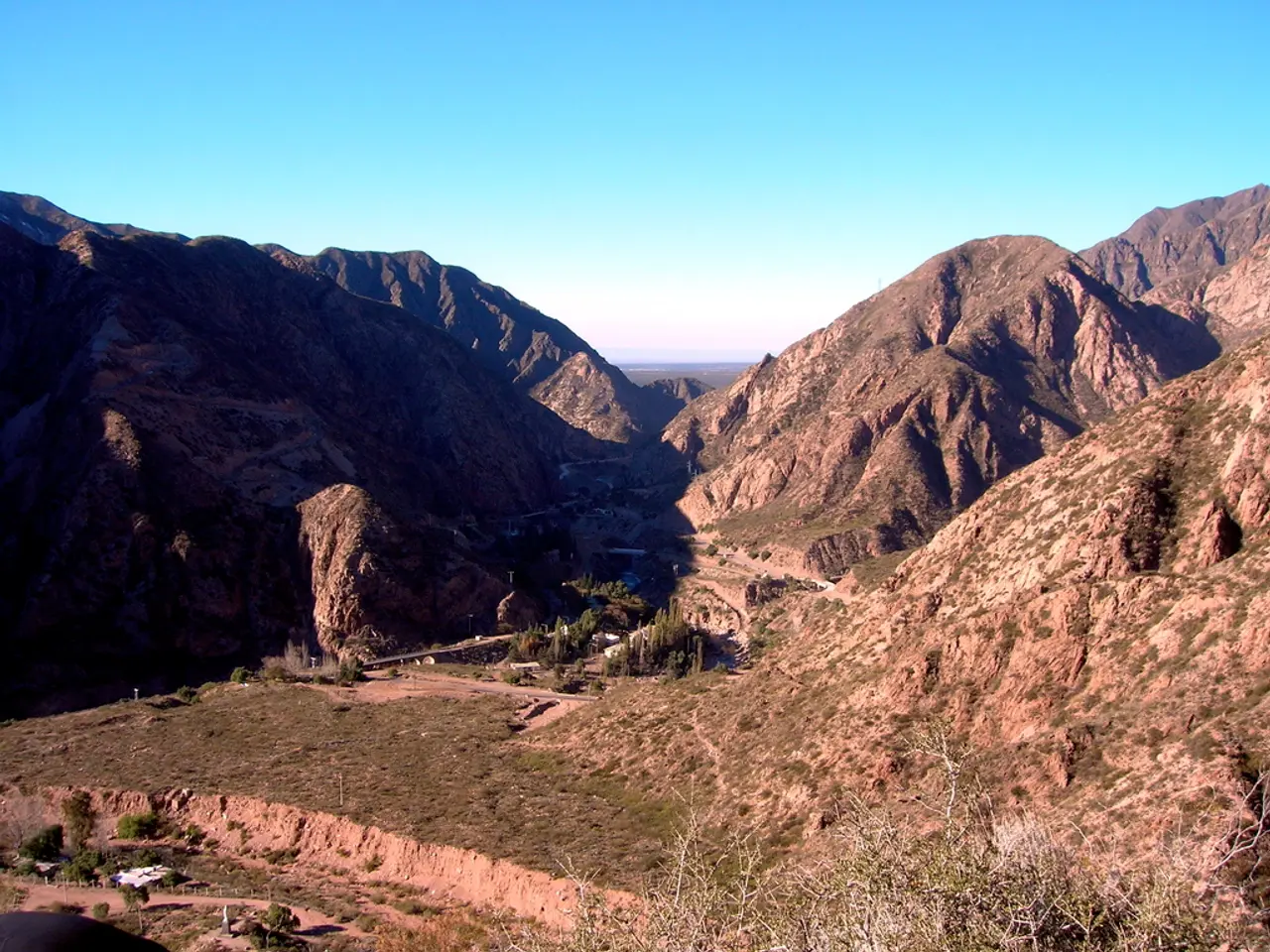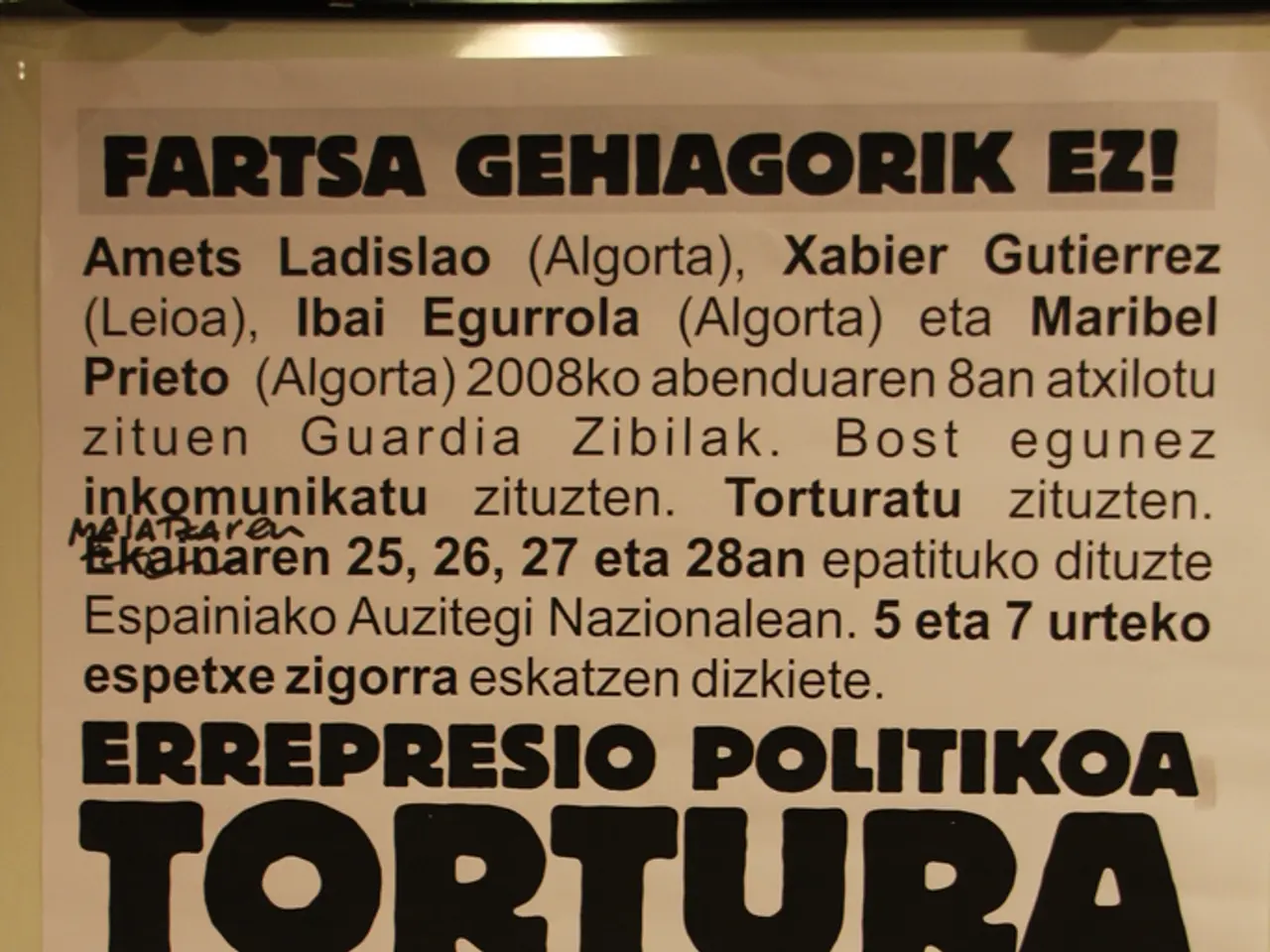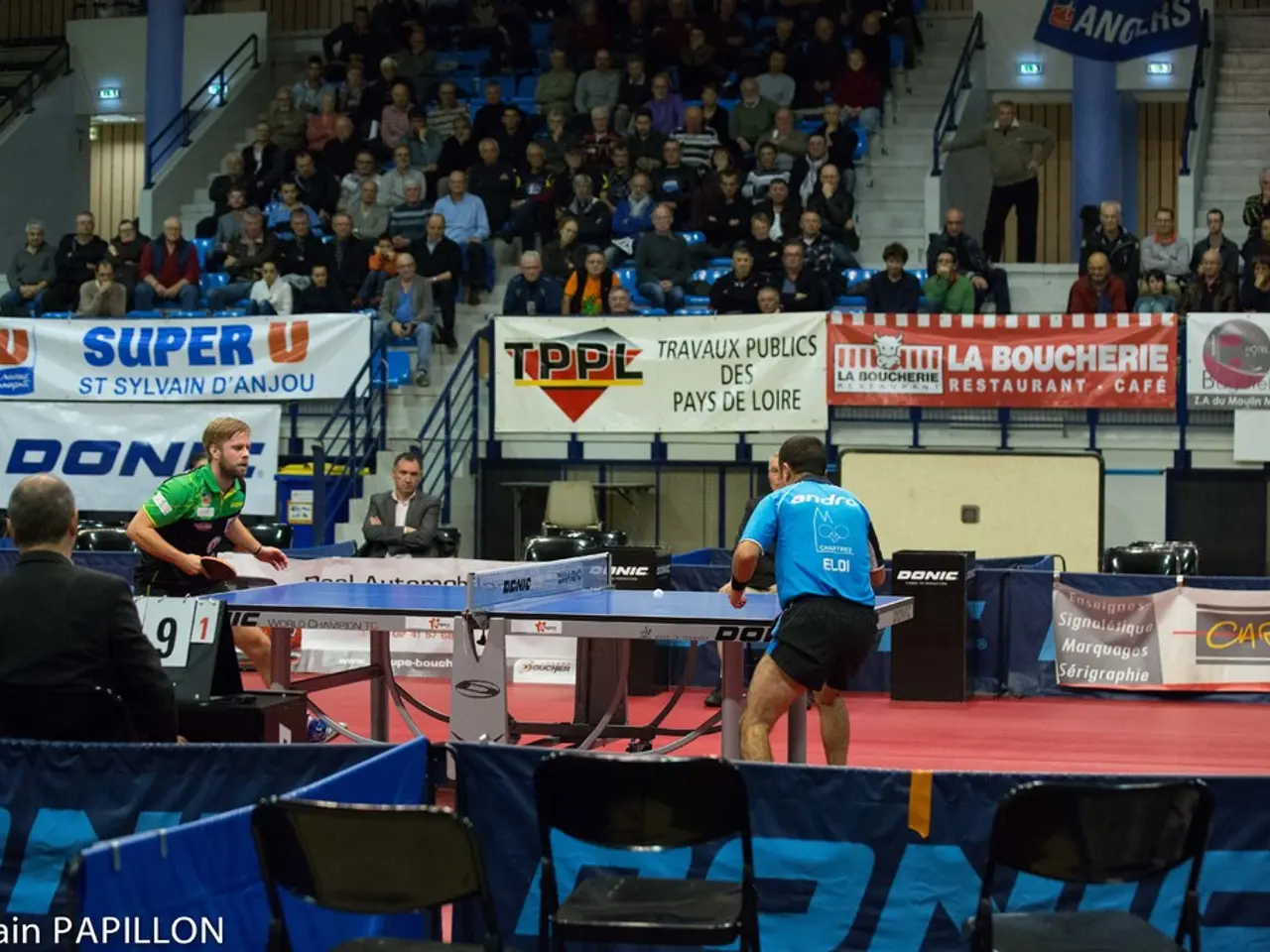Cinema production in Vda escalates, highlighting Schiavone's legacy and the mountain's historical background
The picturesque Aosta Valley in Italy is hosting two significant film productions this year, offering a fascinating blend of comedy, drama, and mountainous beauty.
One of the main productions is the melancholic story of Rocco, created by author Antonio Manzini, who sent his vice-questore character from Rome to Aosta. The close relationship between Rocco and the Aosta Valley has developed over the years, creating a complex narrative involving both hatred and love. The Schiavone series, as it is known, underwent a range of palette studies, with tones of blue and green, to restore an Aosta Valley seen through the eyes of a rebellious and devastated man.
The other production is the critically acclaimed film, Le Otto Montagne (The Eight Mountains), which is set high above the treeline in Aosta Valley. This film portrays a story where silence is broken only by the wind and cowbells, evoking the soul of the mountainous region.
The Aosta Valley has also transformed Castel Savoia into a headquarters of the SS, with soldiers in uniform and flags with the swastika, for a film production. This transformation is a stark contrast to the idyllic settings of Le Otto Montagne and the Schiavone series.
Simone Gandolfo, the president of the Film Commission of the Aosta Valley, considers productions like Rocco Schiavone and Le otto montagne as valuable assets for the industry. In a bid to further support film productions, the regional law has been modified to increase contributions to production companies from 180,000 to 300,000 euros.
The focus appears to be on these two significant productions in 2022, with no additional film projects or their storylines listed. However, the Aosta Valley has a rich history of film production, with the Made in Aosta Valley film industry having grown and matured over time. This industry has been active in supporting local businesses and craftsmen, promoting a sense of regional identity.
In a surprising turn of events, Gressoney was dressed as Saint Moritz, in the midst of the Covid, to host the filming of Gucci. This shows the Aosta Valley's adaptability and commitment to the film industry, even in challenging times.
The Aosta Valley is not just a backdrop for these productions; it is an integral part of the stories they tell. The character Rocco's story, for instance, is set in the Aosta Valley, and the film Bianco, directed by Alessandra Miletto, tells the story of Walter Bonatti at the central Pilone of the Freney, a tragic event in 1961 that entered the history of mountaineering.
The myth of promoting the territory through real places is debunked, as demonstrated by the case of the fictional Sicilian village of Montalbano and the locations where part of the epic Dune was filmed. Despite this, the Aosta Valley's unique charm and beauty continue to attract filmmakers, making it a sought-after destination for film productions.
[1] [Source 1] [2] [Source 2]
- The Aosta Valley's unique charm and beauty make it an appealing destination for a variety of entertainment works, as seen in the ongoing film productions of Rocco Schiavone and Le Otto Montagne, as well as the recent filming of Gucci in Gressoney.
- While some popular film productions, like the setting of Montalbano or part of Dune, use fictional locations, the stories of local movies and TV shows, such as Rocco Schiavone and those produced by the Made in Aosta Valley film industry, deeply resonate with the valley's history and identity.







